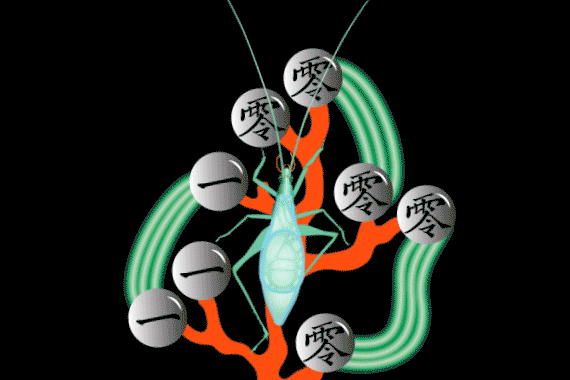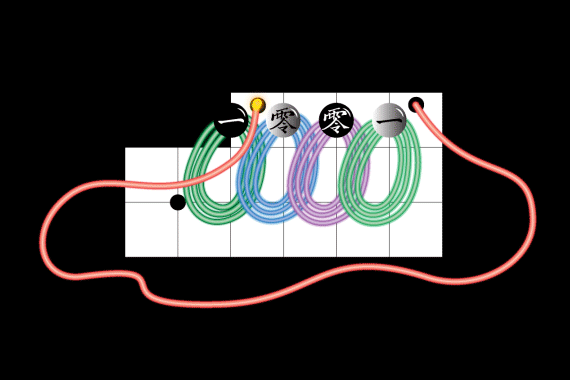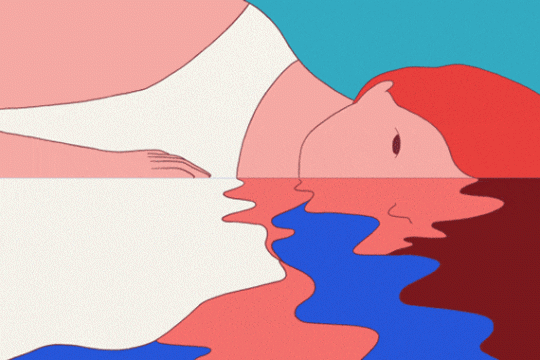无法观看?前往优酷
Sun Yunfan and Dave Liang of the Shanghai Restoration Project ponder what a world where robots have replaced humans might look (or rather sound) like on their latest album, R.U.R. The 13-track album pictures a world where our robot successors are attempting to understand the events that led to the human extinction as they dissect the sum of all human knowledge. Building on the narrative of technology reigning supreme over man, the lead single from R.U.R., “Alpha Go,” pays tribute to Google’s DeepMind AI that recently defeated the world’s top Go champions, a reminder that the album’s imagined world could very well one day become a reality.
未来,机器人取代人类的世界是什么样子的呢?来自上海复兴方案乐队的孙云帆和Dave Liang,就在他们的最新专辑中《R.U.R.》描绘了(或者说,以声音绘述了)这样的图景。这张包含了 13 首歌的专辑,绘述了我们的“接班人”机器人在剖析人类所有知识的总和时,也正在试图了解导致人类灭绝的事件。来自本专辑中的头号单曲《Alpha Go》,正是对谷歌的 DeepMind 人工智能的致敬,它在前不久击败了世界顶级的围棋冠军,提示着人们这张专辑的想象世界很有可能在未来的某天成为现实。
For the new “Alpha Go” music video, Sun taps into her talents as a visual artist to conjure a surreal landscape filled with psychedelic shapes and colors. The animated video comments on the implications of our technological advancements while also giving nod to the history of the game of Go. In it, floating plants are used to reference traditional Chinese paintings that often depict individuals playing the game in a garden or other outdoor settings; swirling yin-yang symbols are a call out to Go’s monochromatic game pieces as well as the importance of understanding duality for those looking to master the game; and binary code – written in Mandarin Chinese rather than numeric digits – alludes to the ancient Go theory books that sequence moves in Chinese numerals.
对《Alpha Go》这支新单曲的 MV,孙云帆运用了身为视觉艺术家的才华,打造了一幅迷幻形状与颜色营造出的超现实景观。MV 动画在暗示技术进步的后果的同时,也向围棋悠久的历史致敬。在 MV 中,浮动的植物源自于中国传统国画中通常描绘的棋手在花园里或自然户外环境中下棋的景象;旋转的阴阳符号代表围棋黑白二色的棋子,也是对古代围棋理论中平衡阴阳两极这一要义的强调。而用汉语书写的二进制代码,则引用了古代棋谱里用中文数字来标示落子步骤的格式。
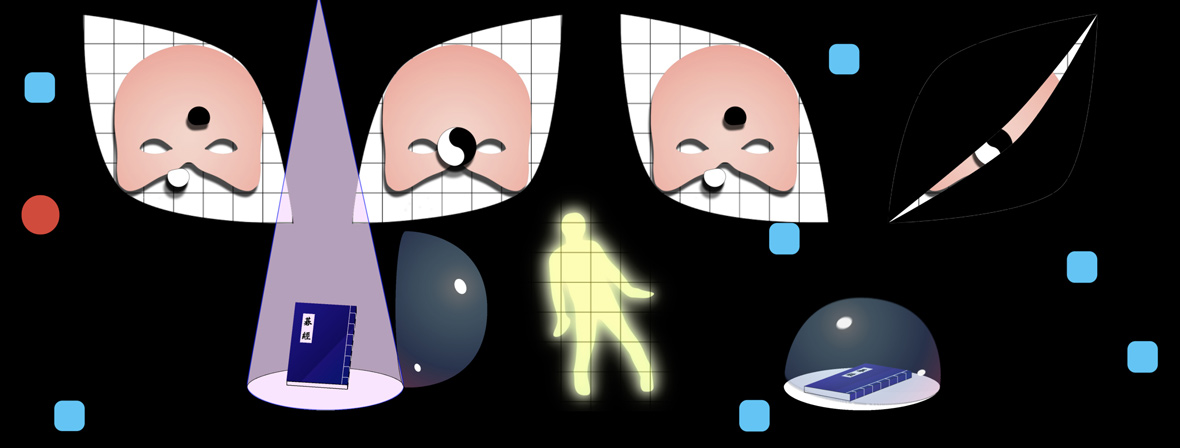
The music video encapsulates a frenetic yet cheerful energy that feels like both a warning and a celebration of an inevitable future. It captures the paradoxical feelings toward the fast-evolving technology of modern times – people appreciate the benefits that technology can bring to their lives, but at the same time, there exists an underlying sense of apprehension about our expendability as humans and how AI may one day replace us.
这支 MV 传递出一种狂热又欢快的能量,令人感觉既像是对不可避免的未来的预警,却也像是对此的欢庆。它抓住了人们对如今快速发展的科技所存有的矛盾心态——既感谢科技带来的便利,又对可能被人工智能取代的结局心存焦虑。
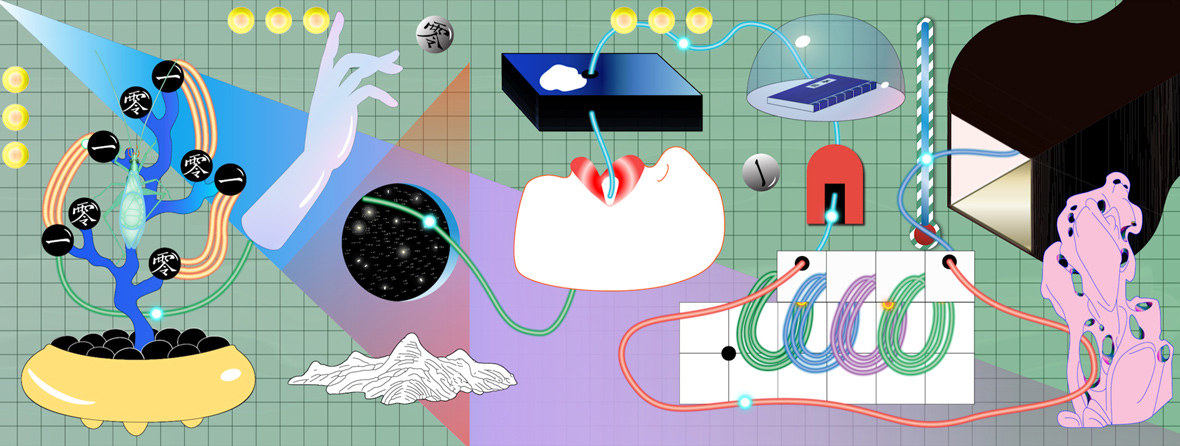
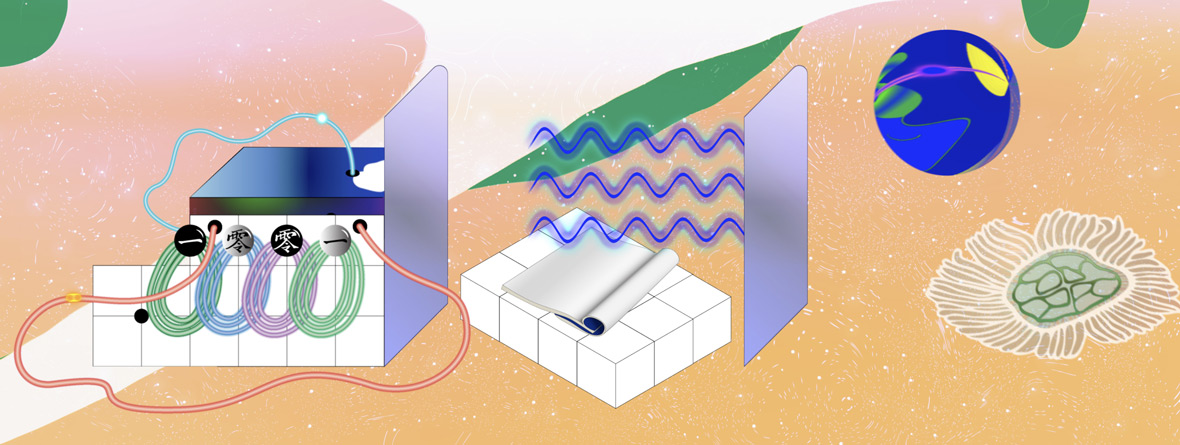
While most of today’s artificial intelligence is designed to execute complex and formulaic tasks set around specific guidelines, in the future, experts speculate that AI will have more autonomy and possess the potential to work in every job sector. Sun thinks that AI could one day be capable of creating original works of art that are as good as, if not superior to, our own.
“Will AI-produced art satisfy human aesthetics? I think the answer is yes,” Sun muses. “Human aesthetics are increasingly shaped by technology. For a lot of people, to be moved by something does not require the knowledge of a consciousness, or a soul, behind its creation. When we say we’re moved by a work of art, often times we’re projecting our own emotions onto our experience of that work. That being said, what would still be missing in AI produced art is the dimension of art that connects us with a shared history of human experiences, which I believe is what moves us when we see a cave painting or an ancient Go theory book.”
尽管今天的人工智能所能执行的复杂而程式化的任务只限于一定范围内,但在很多人眼里人工智能在未来的潜力远不止于此。孙云帆认为有一天人工智能也可能会创造出媲美甚至优于人类创造的艺术作品。
“人工智能产出的艺术能否满足人类的审美需求?我想答案是肯定的。”孙云帆设想道,“人类的审美趣味日益被科技所塑造。对很多人来说,被某种事物所感动,并不需要了解它是否是由某个意识或者灵魂所创造的。当我们说自己被一件艺术作品所感动时,我们常常是将自己的情感投射到对于作品的体验中。尽管如此,人工智能所创作的艺术仍然缺少一个向度——即人的艺术有帮助我们与某个共有的人类经验的历史建立联系的功能。我想那正是打动我们的东西,就像当我们看见原始的洞穴岩画或是一本古代的围棋理论书时那样。”
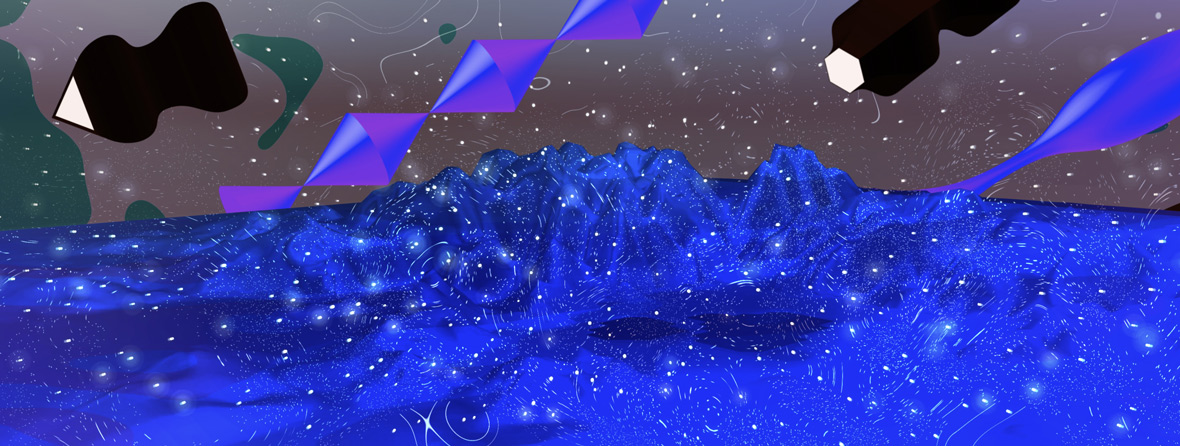
Website: shanghairestorationproject.com
Facebook: ~/shanghairestorationproject
Instagram: @eighthday / @davewliang
Contributor: David Yen
网站: shanghairestorationproject.com
脸书: ~/shanghairestorationproject
Instagram: @eighthday / @davewliang
供稿人: David Yen

